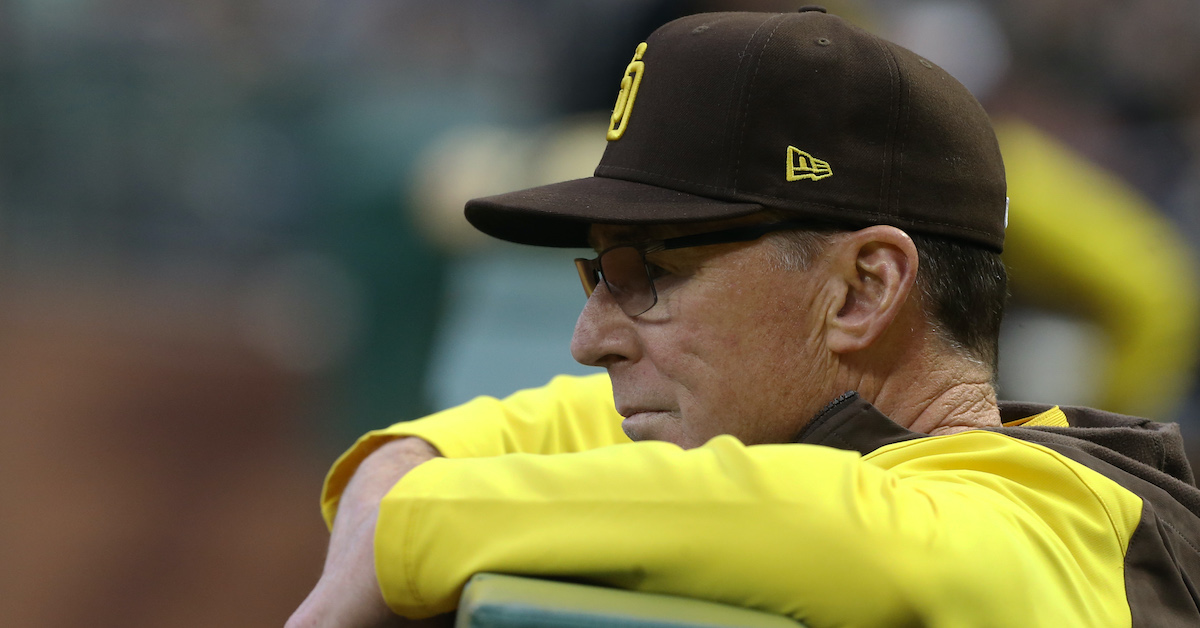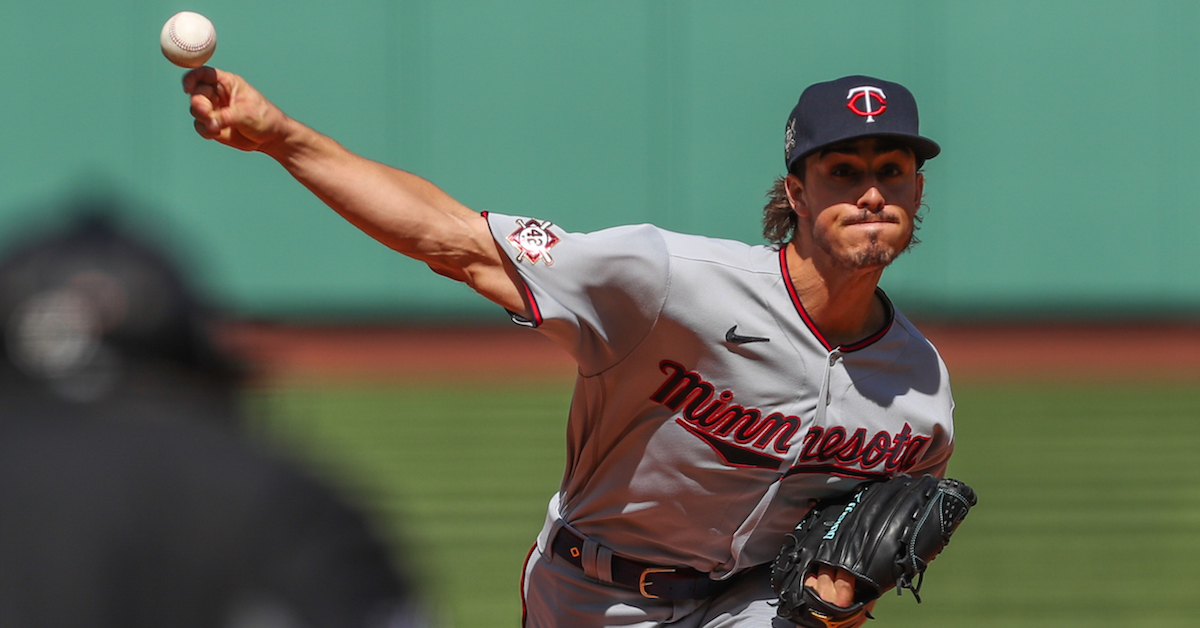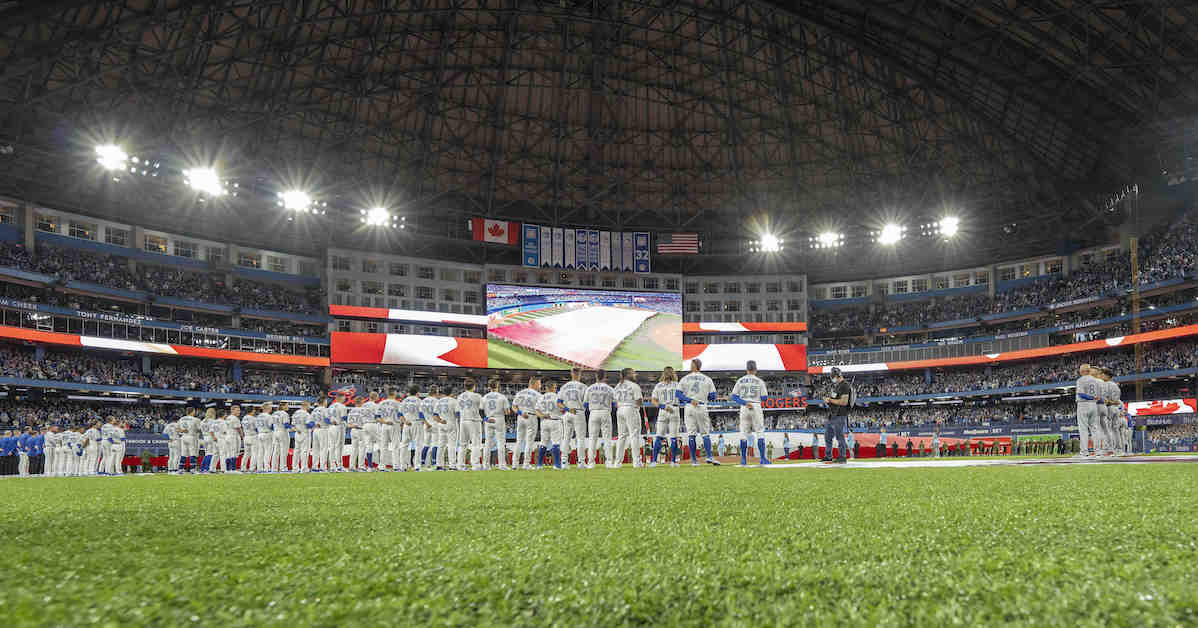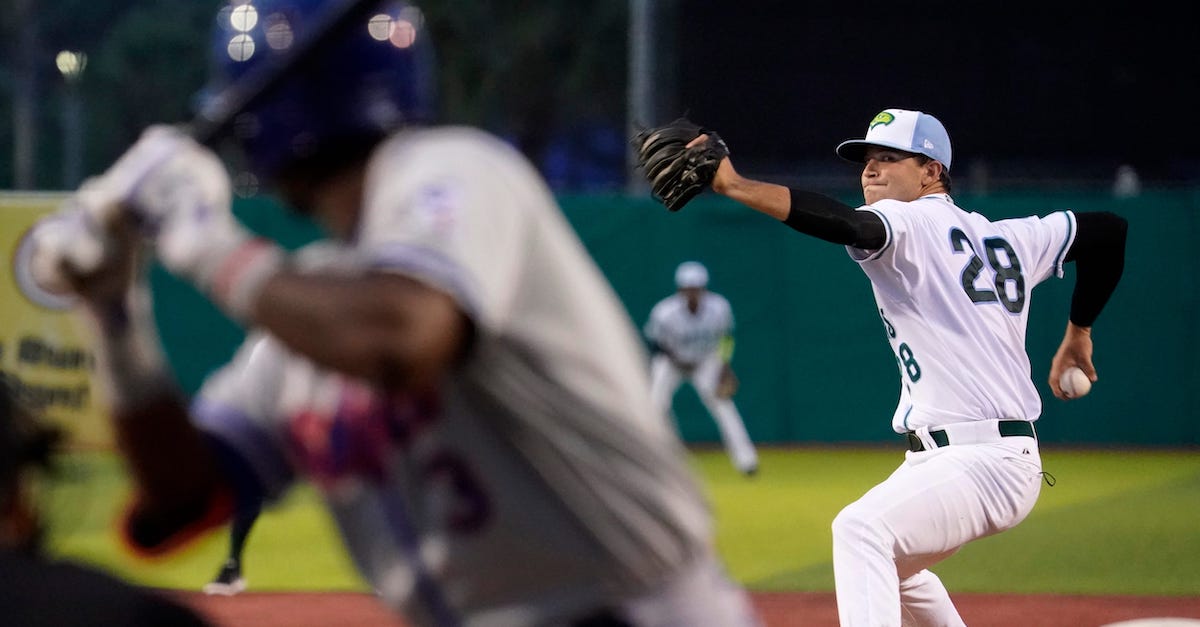Bob Melvin Talks Curveballs, Both Past and Present

Bob Melvin is more than a little familiar with curveballs. Now in his 19th season at the helm of a big-league club, the 60-year-old San Diego Padres manager logged over 2,000 plate appearances and was behind the dish for more than 4,600 innings during his playing career. Seeing action with seven different teams from 1985 to ’94, he caught numerous hurlers whose repertoires included plus benders.
Which pitchers have featured the most-impressive curveballs Melvin caught, attempted to hit, and that he’s viewed from his vantage point in the dugout? Moreover, how do the shapes and velocities of present-day curveballs compare to those of his playing days? Melvin did his best to answer those questions when the Padres visited Pittsburgh’s PNC Park over the weekend.
———
David Laurila: Who had the best curveball you caught?
Bob Melvin: “I caught many guys with good curveballs, but none were better than Gregg Olson’s. I caught him a lot, and there were times you could literally hear it spinning coming to the plate. It was as 12–6 of a curveball that you could possibly see. He was able to throw it up top if he needed to, for a strike, but the big thing for him was the chase. Nowadays, you’re seeing a little different… a little tighter breaking ball, sometimes at the top of the zone by design. That’s one that’s really tough to lay off, especially if you’re trying to lay off the the high fastball.
“There are certain guys now that pitch strictly north-south. You see the catcher right in the middle of the plate. It’s a high fastball at the top of the zone, and then it’s either a curveball where they’re trying to nip the top or one where they’re trying to get the chase. It’s maybe a little different than back in the day, where there were more sweepers and everything was more down in the zone, unless it was for a first-pitch strike. If you look at Pierce Johnson, with us, his curveball is one of those that you think is going to break a little bit more, but it kind of stays at the top of the zone and you end up taking it for a strike.” Read the rest of this entry »








